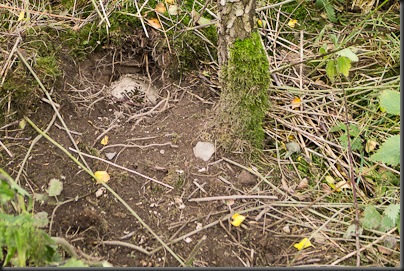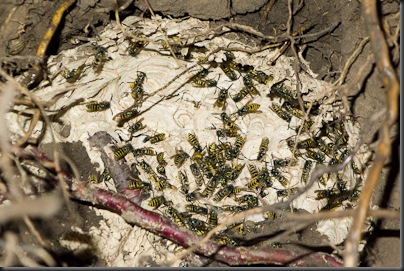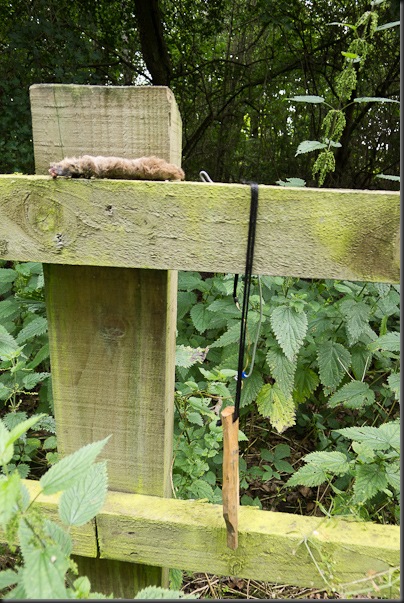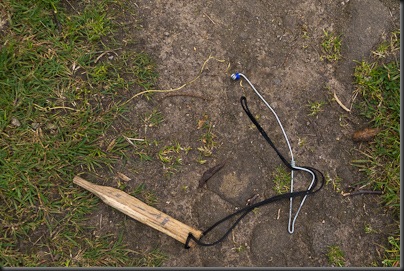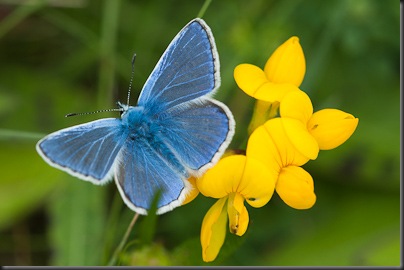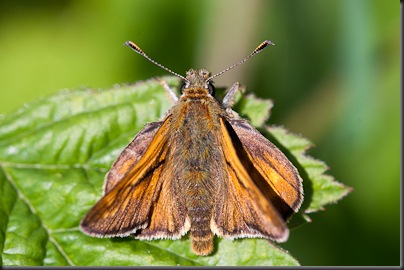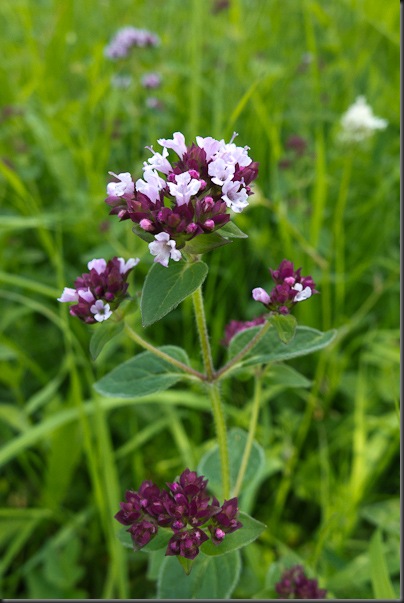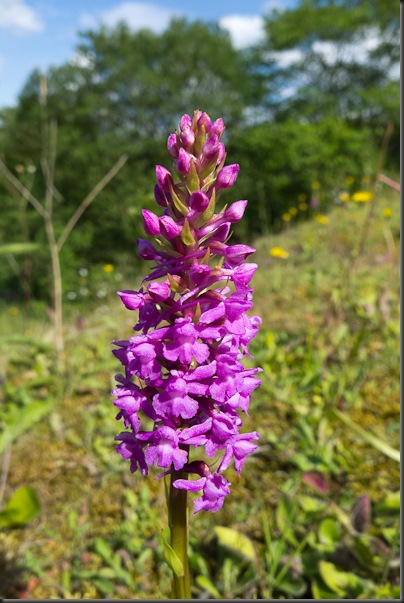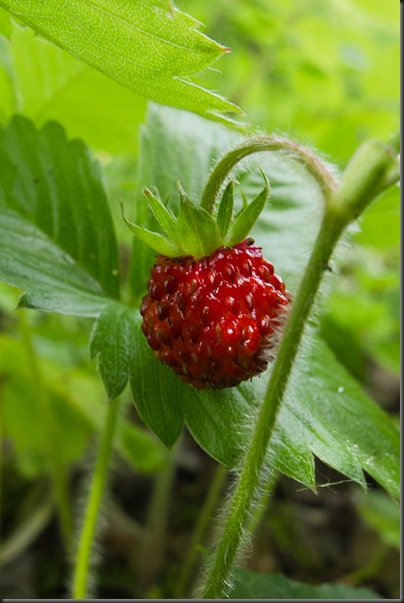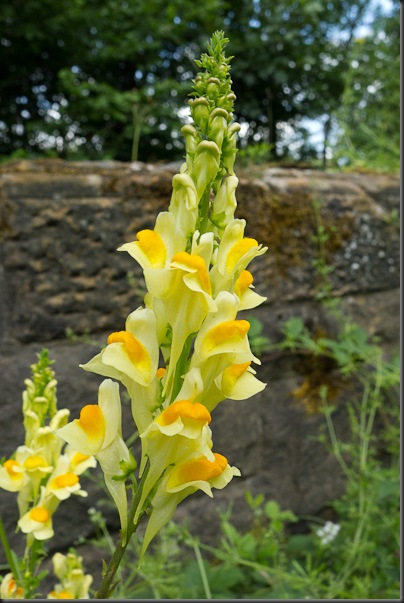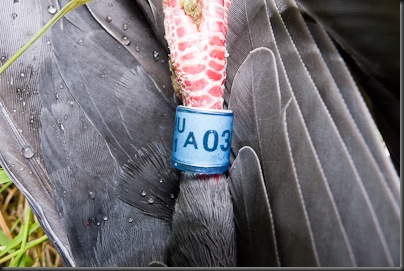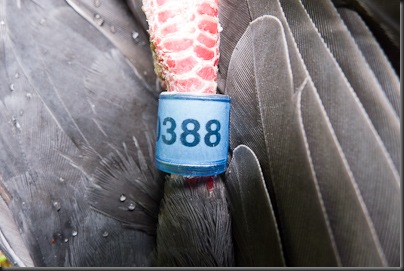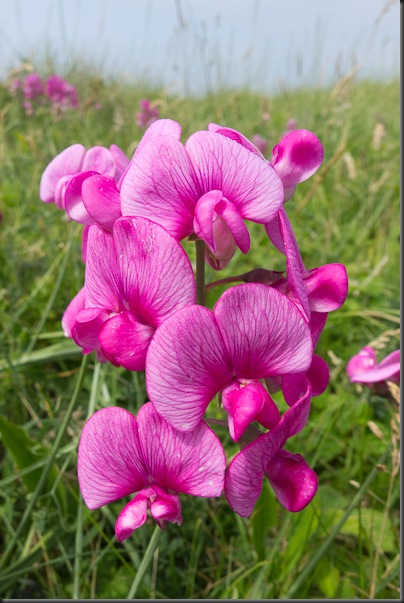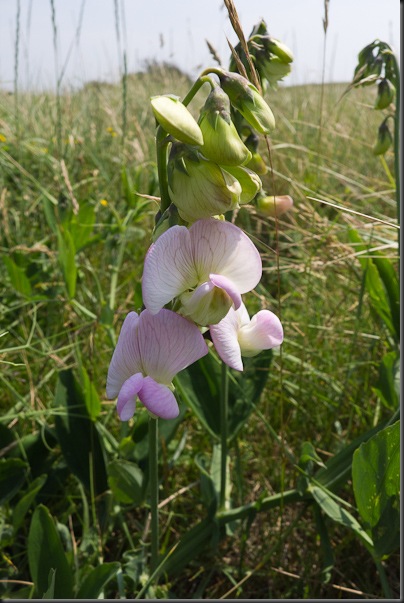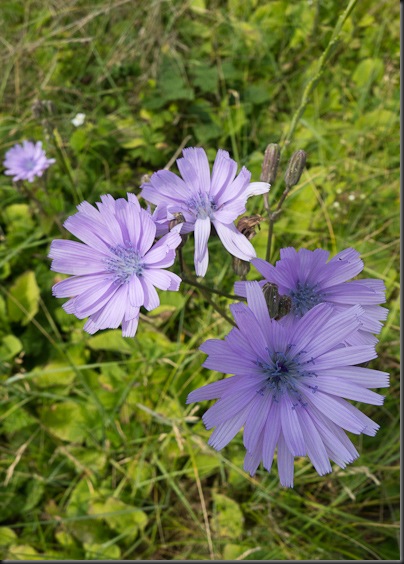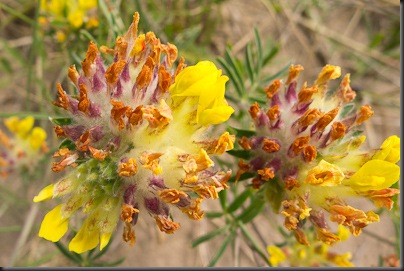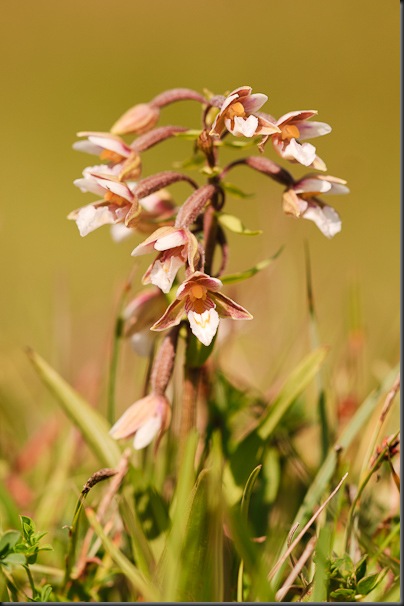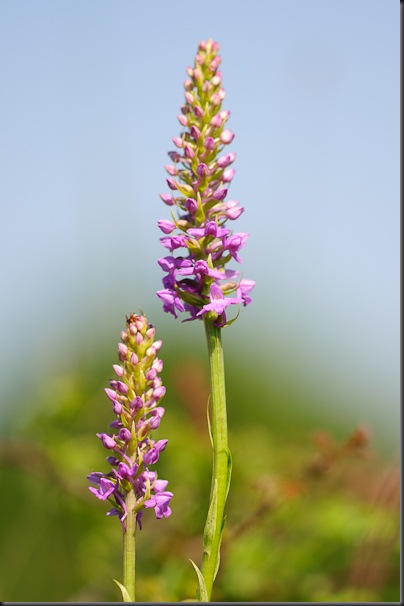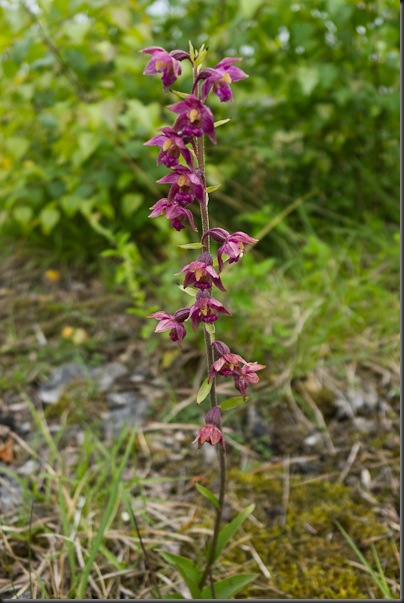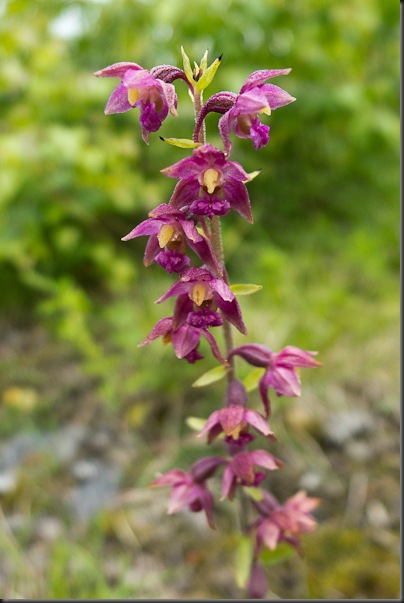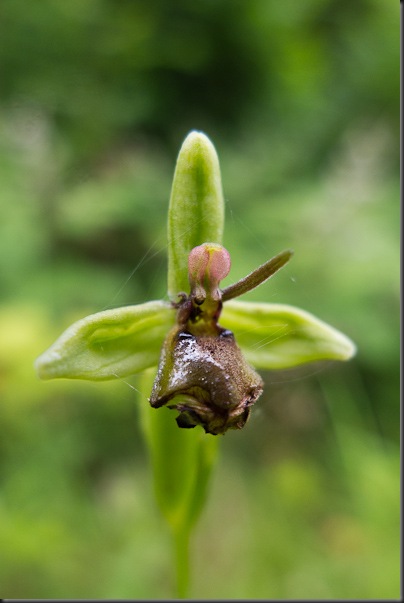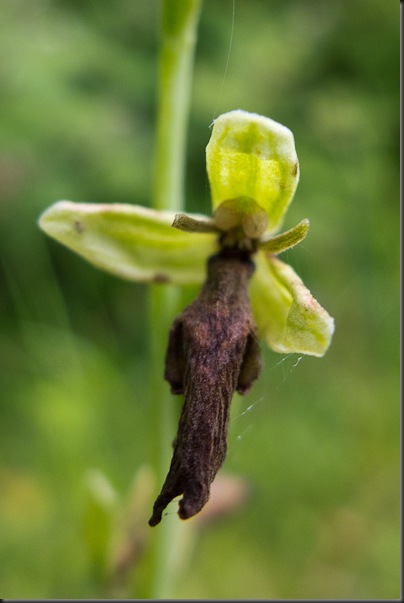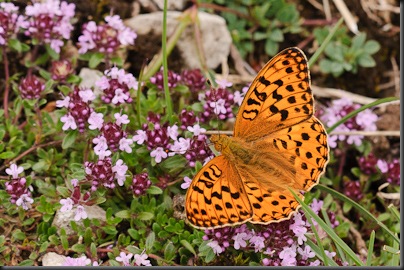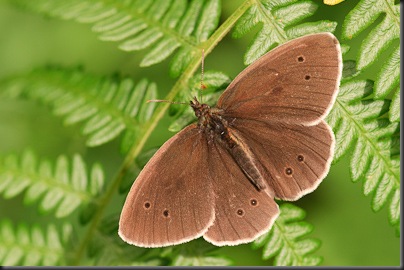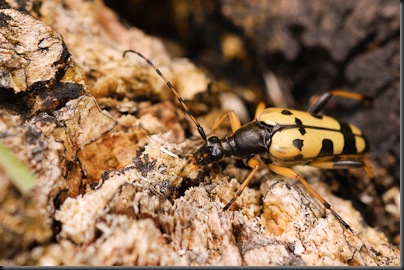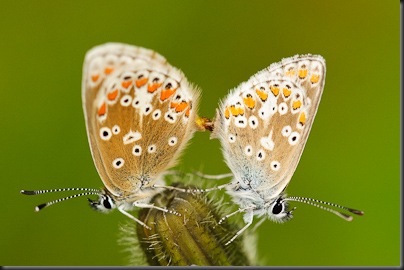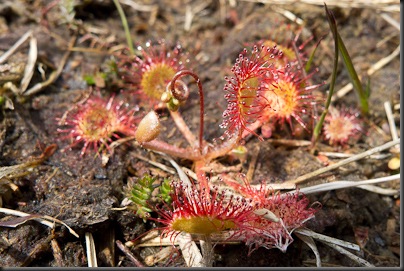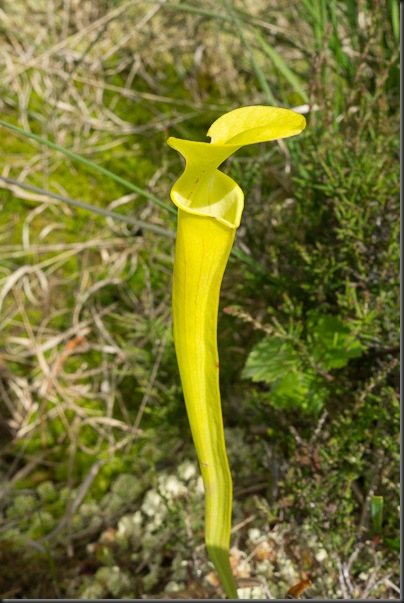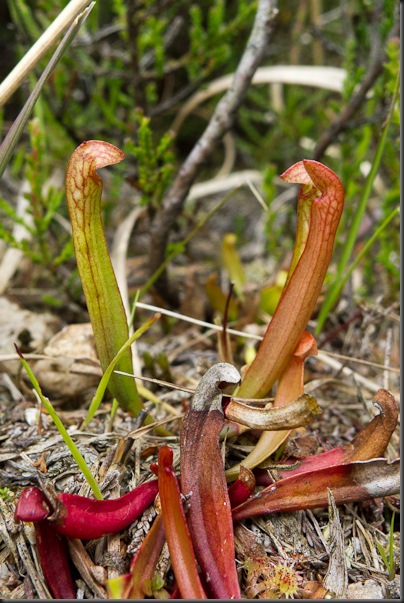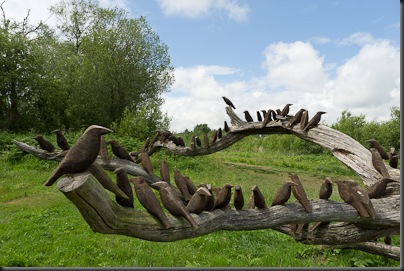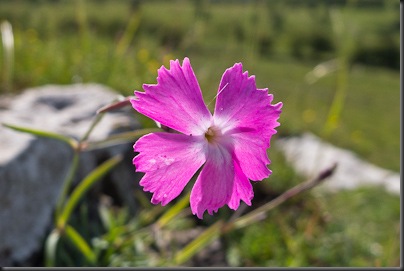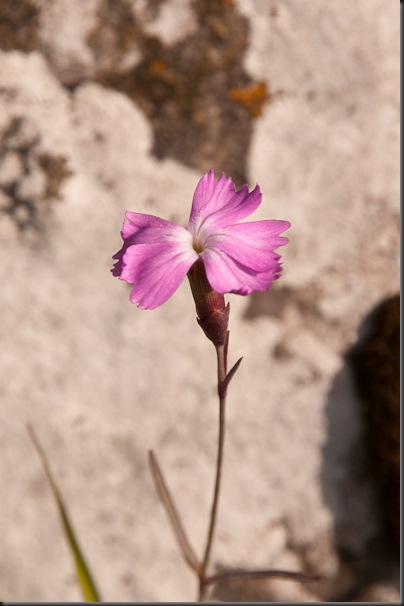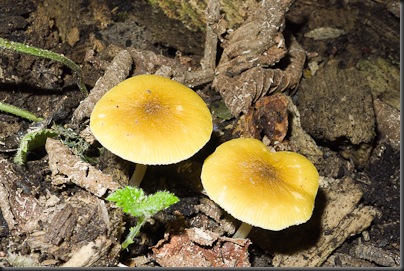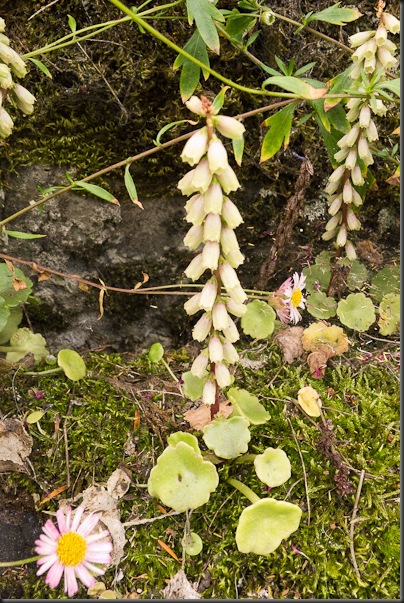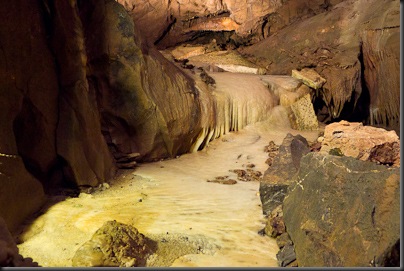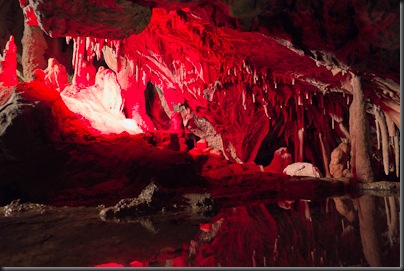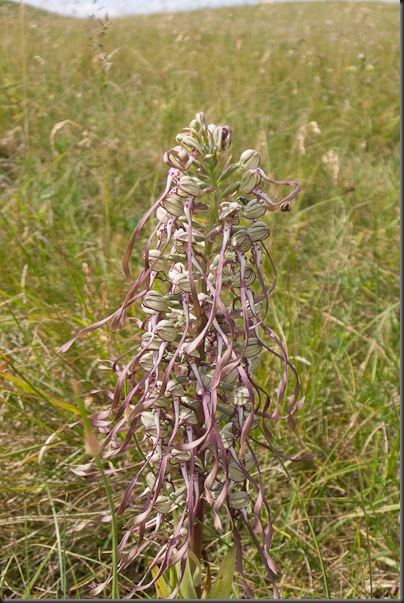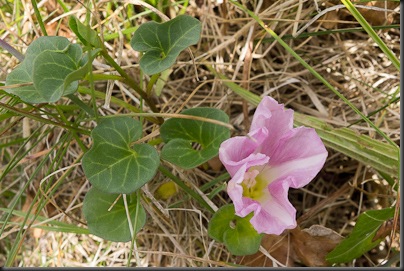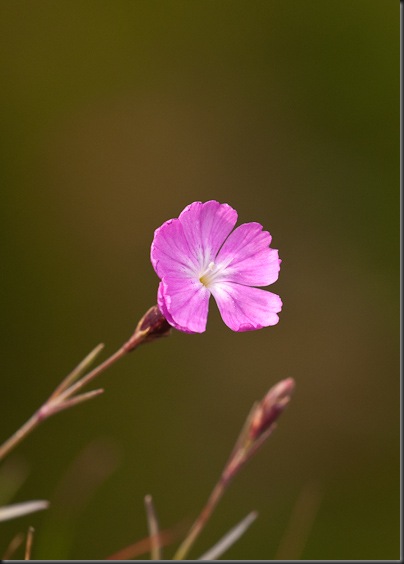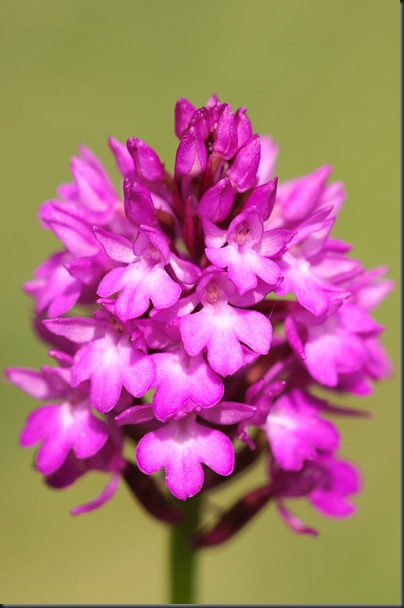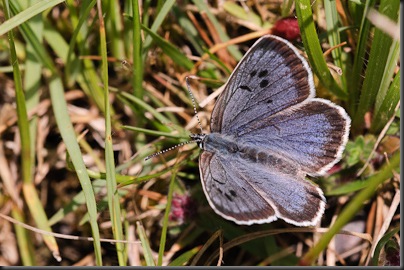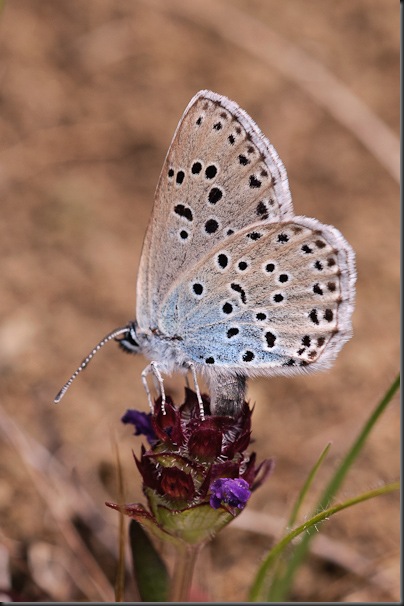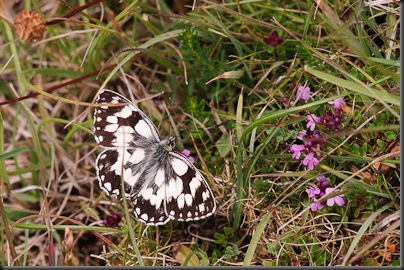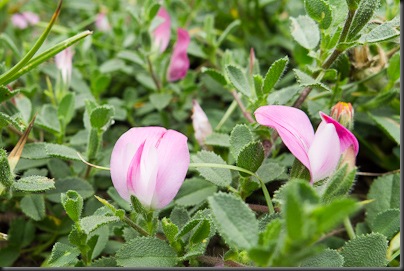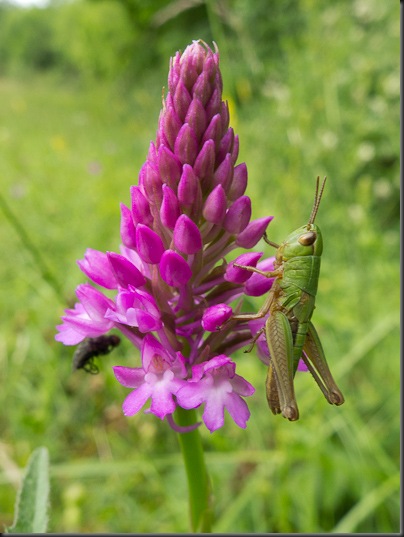A strange few weeks.
First a mysterious evening visitor with an appetite for wasp nests.
Note: no footprints, no clean cuts from a spade to the nest, the soil or the adjacent roots, no spoil heap in fact absolutely nothing to suggest it was dug out by a person. However, whatever dug it out was powerful enough to excavate a relatively large area and throw the spoil backwards covering one side of the moss growing on the base of a nearby tree. There’s only one animal capable of this and they’re well known for having a fondness for wasp nests. Recent roadkill suggests they breed within a couple of hours walking distance of the nest. Staggering as it may seem it looks like we have Badgers within the urban sprawl of Manchester.
Earlier this evening I came across more evidence of the countryside coming into town.
Incredible, we’re surrounded by shops, supermarkets, 24/7 fast food outlets and some sad person still feels the need to walk into their local park and set out a snare. The local foxes, weasels and mink are more than capable of controlling the rabbits they certainly don’t need any help. I think I actually disturbed the moron who’d set the trap hence the dead rabbit abandoned on top of the fence post and the snare hanging from the rail.
Statistically the snare is as likely to kill a family pet. Just about the right size for a Jack Russell !
